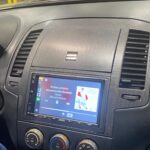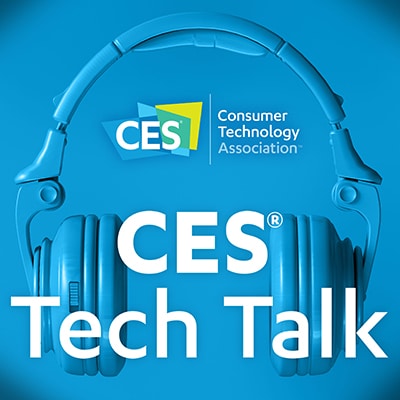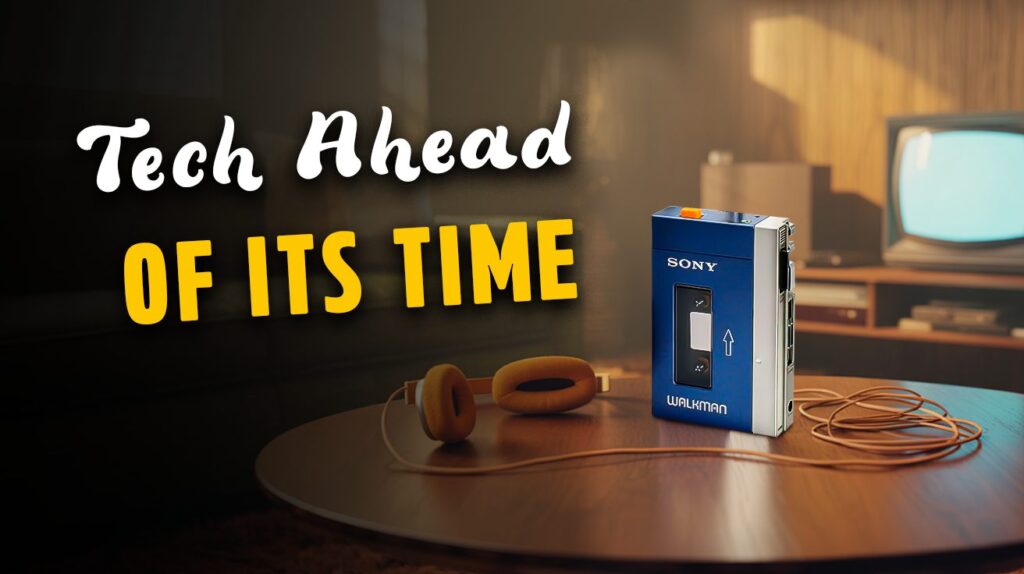
“Some people in Pittsburgh are seeing voices,” AT&T boasted back in 1970, but you weren’t one of them. That’s because the Bell System Picturephone—the video call grandpa—didn’t exactly take off. But its ambition? Undeniable. From decades of research to those retro-futuristic promises, this tech was peak optimism. This deep dive resurrects the wildest, most game-changing inventions from the decade of disco and disaster flicks. Grab your platform shoes and let’s rewind to a time when innovation was as bold as your uncle’s polyester suit. Get ready for gadgets that swung for the fences and paved the way for the tech that rules your life today.
18. Atari Home Pong game console
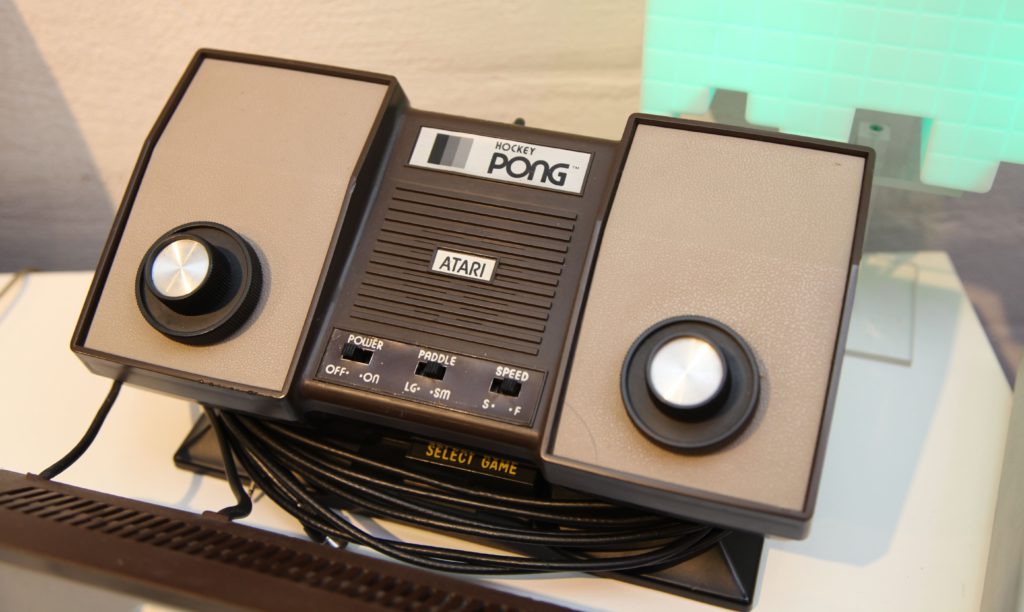
The pixelated paddle that launched a thousand joysticks.
Ever wondered why your parents rave about those pixelated paddles? The Atari Home Pong console, bringing Pong from arcades to living rooms, sold over 150,000 units in its first year. Imagine ditching your homework to bat a pixilated ball back and forth: pure, simple joy, like the first time you realized cereal was technically soup. Its easy-to-use design with just two integrated controllers—one for each player—meant anyone could jump in. Though the objective was simple, and the graphics were crude, Atari launched the home video game industry.
17. Bell System Picturephone
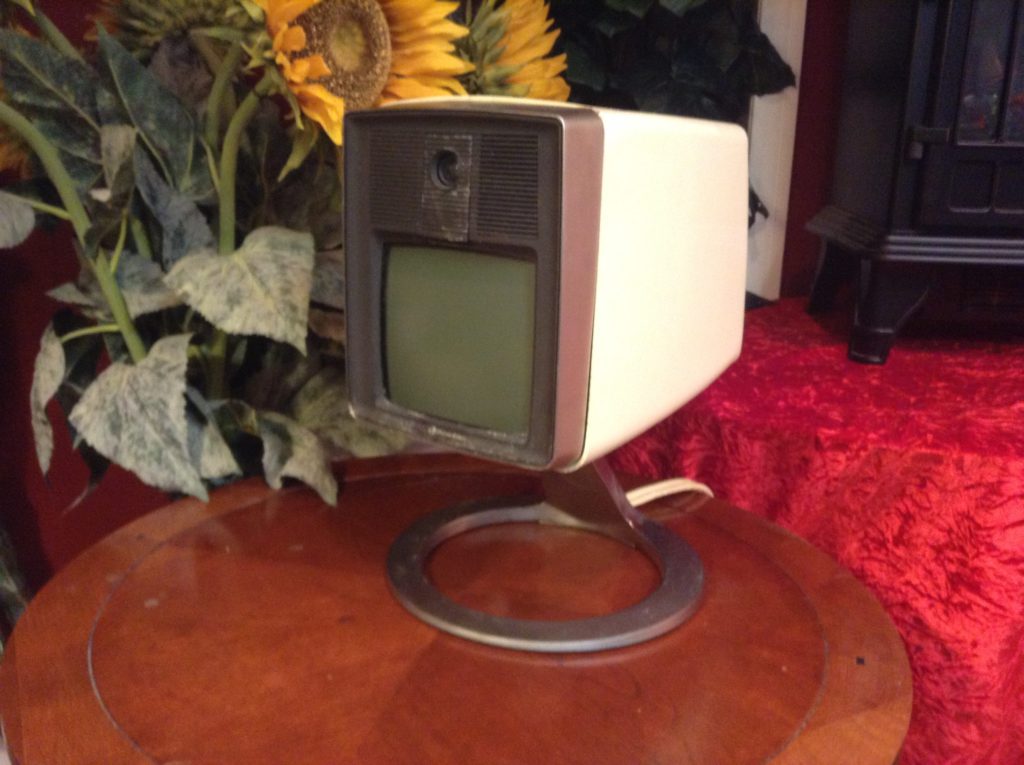
Video calling when disco ruled and dial-up was still science fiction.
Less than 500 people saw the future clearly in the 1970s, thanks to the Bell System’s Picturephone. Imagine trying to explain to friends that this early attempt at video calling cost $160 a month—about $1,100 in today’s cash. For that princely sum, you got a small display screen that transmitted both video and audio. Forget family chats; this gear was strictly for pre-approved business calls between registered customers in major cities. Think of Alcoa Chairman John Harper, in 1970, using the Picturephone to access databases remotely. Despite the high hopes and decades of research, the Picturephone never really caught on.
16. Bowmar 901B handheld calculator
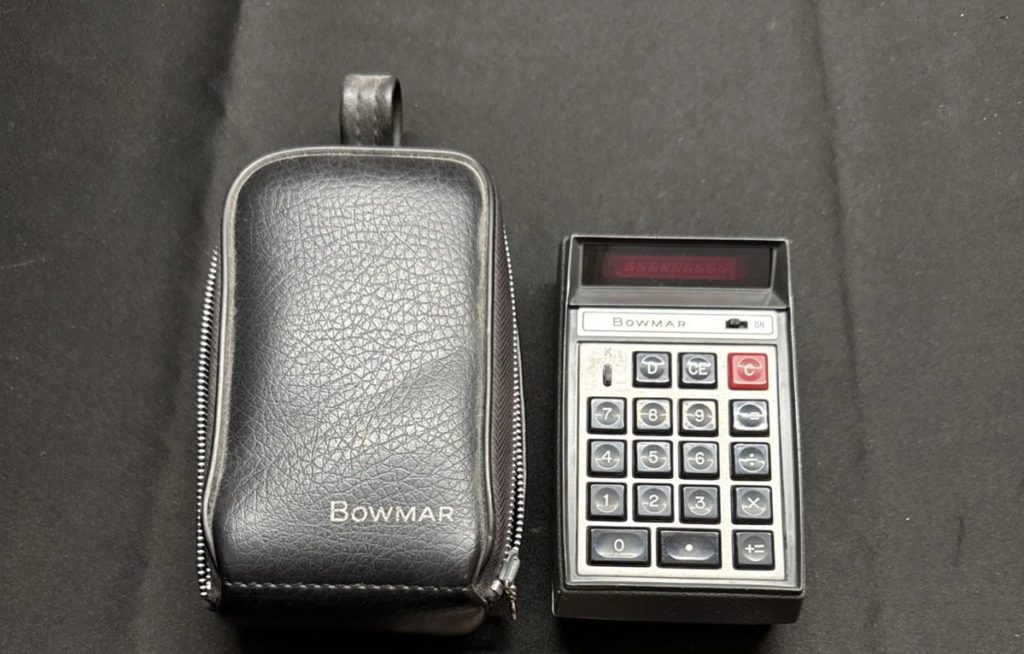
Pocket-sized number crunching when slide rules still ruled classrooms.
“There was a time when a calculator was a luxury item,” according to the Vintage Calculator Guy on YouTube. In the early 1970s, most folks were stuck doing math the old-fashioned way, but this baby changed the game. The Bowmar 9901B, with its bright, clear LED display and compact design, meant you could crunch numbers on the go—no more clunky desktop adding machines. Sure, it only did basic arithmetic, but that was light years ahead of carrying around an abacus. With around 100,000 units sold, the Bomar didn’t exactly take over the world like fidget spinners, but it laid the foundation for every smartphone calculator you use today.
15. Broxodent electric toothbrush
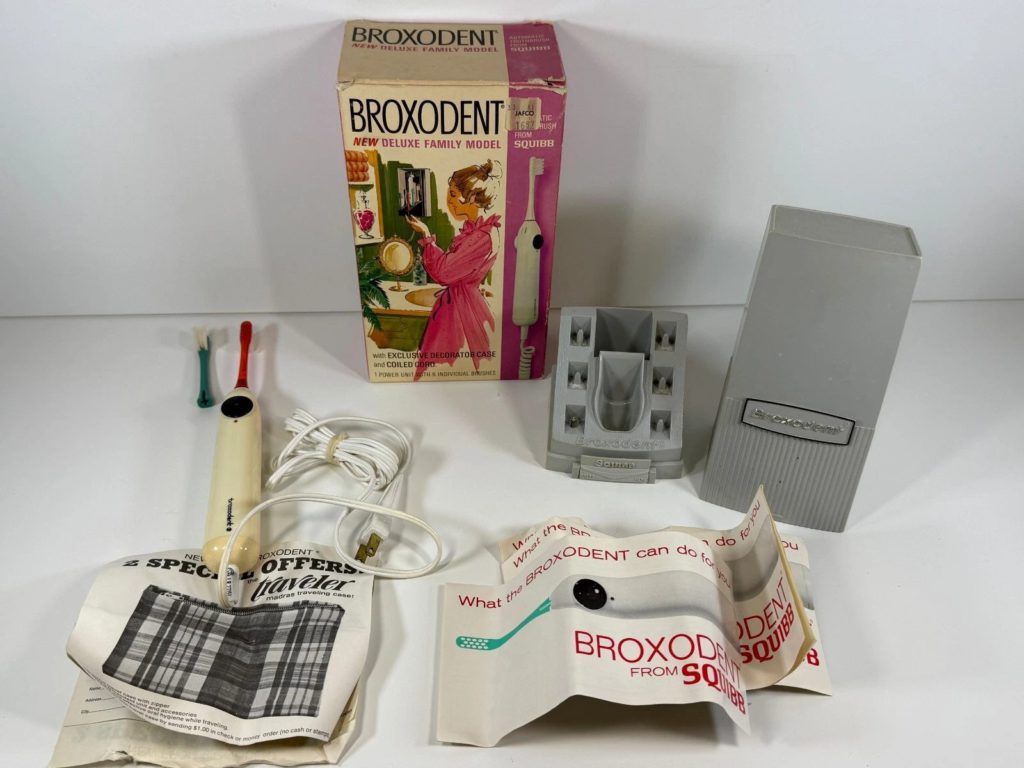
Dental hygiene got an electric upgrade before most homes had color TV.
Launched in 1960, the Broxodent wasn’t dental side hustle; it was the OG electric toothbrush. Imagine ditching manual scrubbing for something that basically vibrated plaque into oblivion. Priced around $25 at the time, this device, powered by an electric motor, promised a more effective and thorough cleaning. With millions sold, it’s clear that people were chasing that squeaky-clean feeling. Kind of like switching from a vinyl record to a CD—the future was now and teeth were ready for it.
14. Clive Sinclair pocket calculator
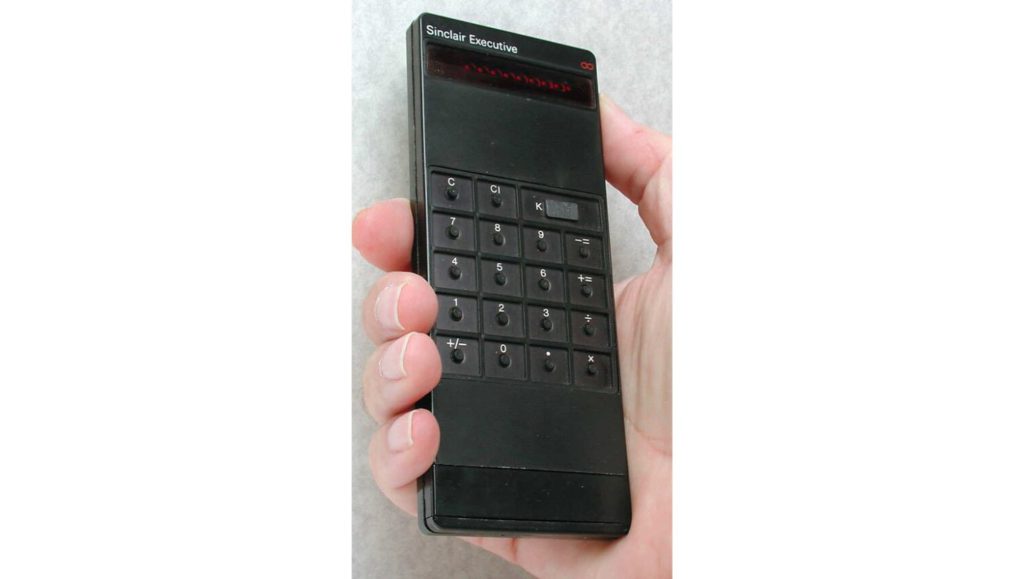
When pocket calculators cost more than your monthly rent.
Calculators as big as bricks? So passé. Back in the early 1970s, Clive Sinclair flipped the script with the first truly electronic pocket calculators. Suddenly, you could ditch the abacus and rock a device small enough to fit in the palm. These game-changers didn’t come cheap, setting you back about £79.95, a price that would make even today’s Apple devotees clutch their pearls. Yet, despite the cost, thousands of units flew off shelves in their first year. The Sinclair calculator zapped slide rules into extinction and completely changed how people performed daily calculations.
13. IBM 3800 laser printer
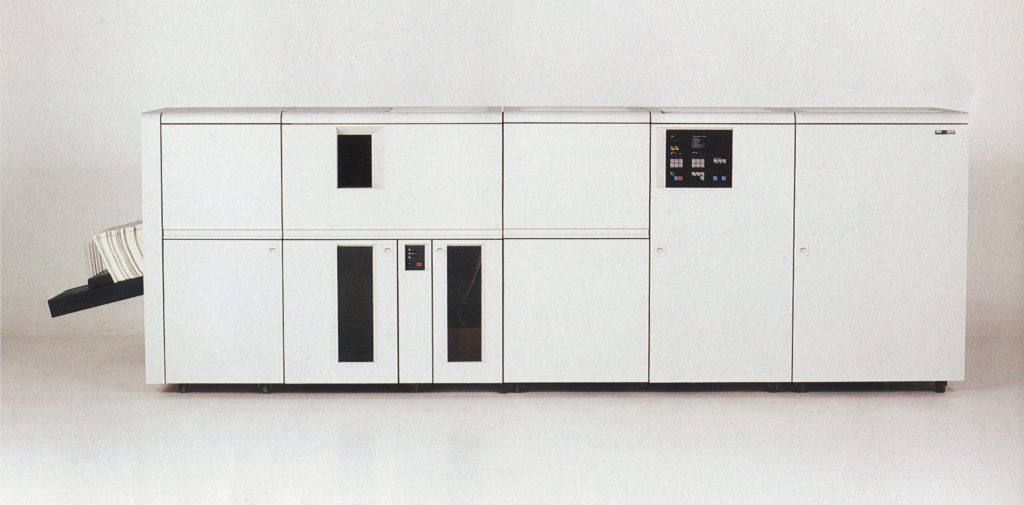
High-speed printing when most offices still used carbon paper.
Producing high-quality prints at speeds up to 215 pages per minute? That’s what the IBM 3800 promised, making it the world’s first high-speed laser printer. Imagine hauling this bad boy into offices to handle mass mailings, invoices, and generating reports. A device like this meant kissing the dot-matrix printer’s snail’s pace goodbye, but not that half million dollars. At about $500,000 a pop, it wasn’t exactly a stocking stuffer. Targeted towards large corporations and financial institutions, this printer was more like buying a private jet for data processing.
12. IBM 5100 portable computer
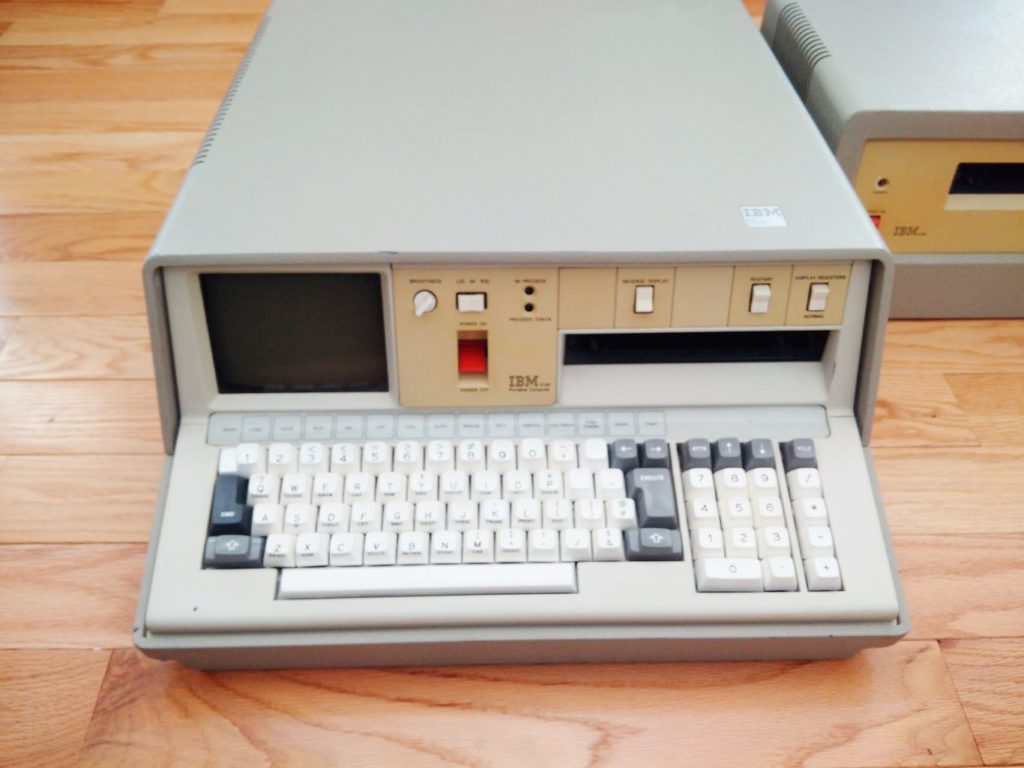
“Portable” computing that required its own moving crew.
In September 1975, the concept of “portable” computing took on a whole new meaning, if you consider lugging around something that’s the size of a small rhino as portable. The IBM 5100, tipping the scales at about 55 pounds, was marketed as a portable computer. It featured an integrated 5-inch CRT display, a built-in keyboard, and between 16 to 64 kilobytes of RAM, which, compared to today’s terabytes, is like comparing a shot glass to Lake Michigan. Prices ranged from $8,975 to $19,975, so you’d need to seriously impress clients. “Portable” back then meant “movable with considerable effort and a really buff assistant.”
11. Mattel Auto Race
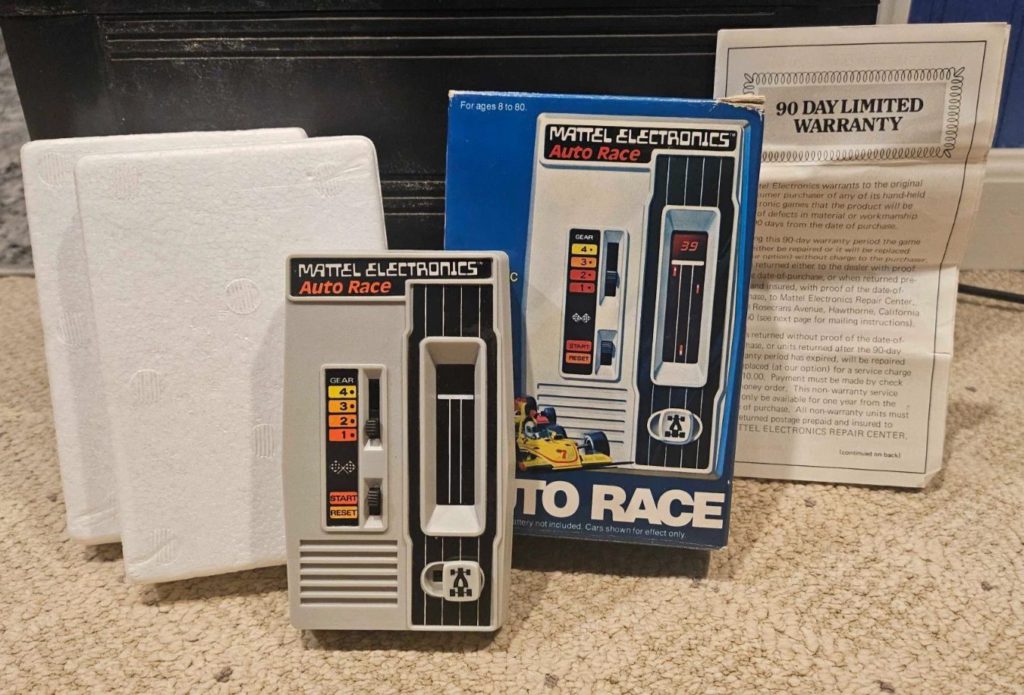
Mobile gaming before Game Boys were even a fever dream.
Launched in 1976, the Mattel Auto Race, one of the world’s first handheld electronic games, went from concept to living rooms faster than you can say “Pit Stop.” This thing paved the way for mobile gaming devices and managed to sell over a million units. Think of it as the primordial soup of today’s smartphones and Nintendo Switches. It’s like comparing a flip phone to a Starlink satellite, but back in the day, those basic red LED dots lighting up on a black screen were the height of digital action. Priced affordably at around $25, it was the perfect gift for kids who dreamed of being Mario Andretti.
10. Motorola DynaTAC
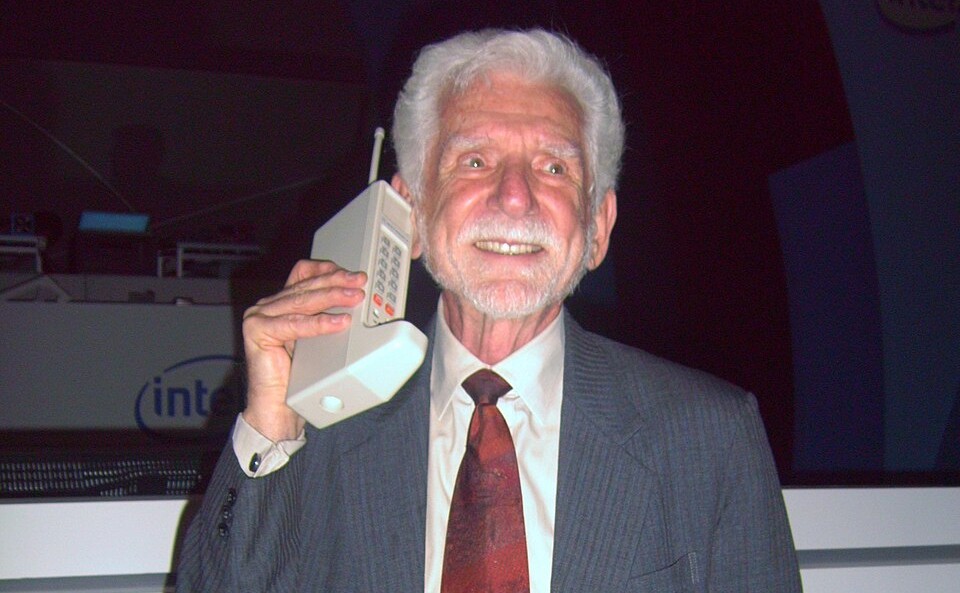
Mobile phones when “wireless” meant lugging around a brick.
The Motorola DynaTAC wasn’t just a phone; it was a declaration of independence from landlines. Picture strolling down the street, yakking away on a device that cost about $4,000 then, roughly $23,000 in today’s dollars. By 1984, approximately 2,000 units found their way into eager hands, making it an exclusive club of early adopters. While you might have needed a separate savings account just for the monthly bill, you could now wheel and deal from anywhere—so long as you didn’t mind lugging around a device the size of a small chihuahua.
9. Polaroid Polar Vision
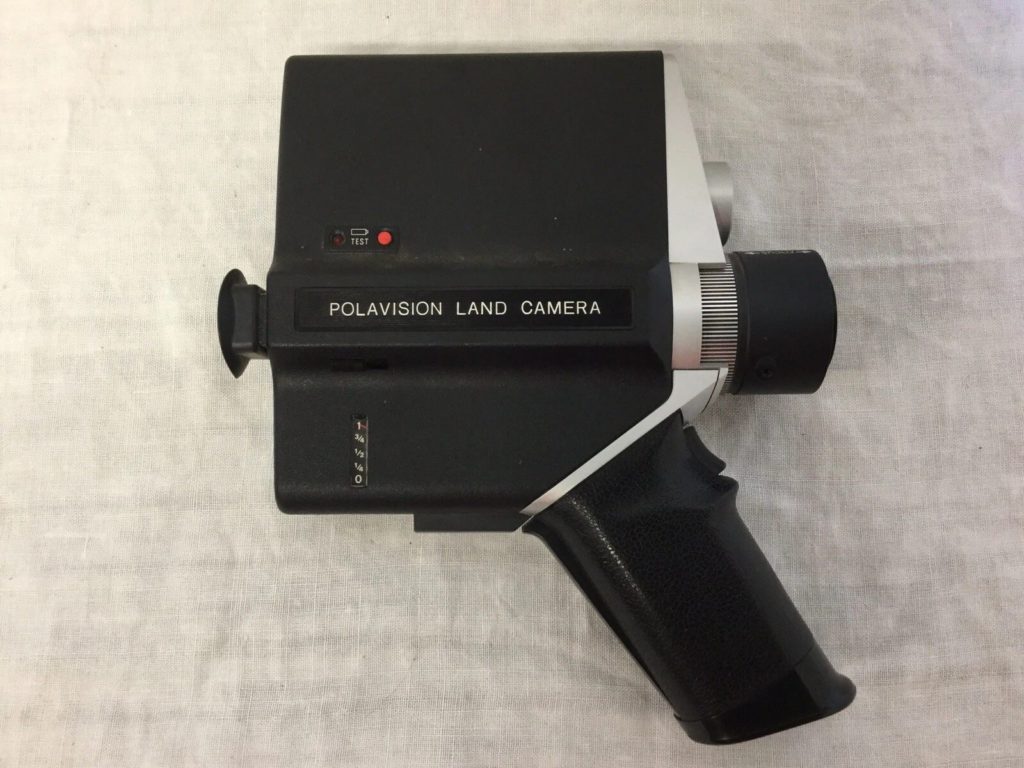
Home movies that made Vine look like Gone with the Wind.
Remember that dream about shooting instant home movies? Polaroid launched the Polar Vision in 1977, letting you record up to 3 minutes of footage per cassette. Think of it as Vine, but way bulkier and with the distinct charm of the Carter administration. For about $600 (nearly 3 grand today!), you could be the Coppola of cul-de-sacs. Each film cassette ran about $15, but here’s the kicker: cinematic masterpieces could only be viewed on Polaroid’s exclusive Polar Vision viewer. Polaroid pulled the plug in the early 1980s, with only about 50,000 units sold.
8. Polaroid SX70

Instant photography that made waiting for prints feel prehistoric.
Launched in 1972, the Polaroid SX70 wasn’t just a camera; it was like a magician’s hat that spat out fully developed photos in minutes. Its foldable design made it look like a suave spy gadget, transforming from a compact brick to a fully functional camera in seconds. Inside, it used Polaroid’s exclusive instant film tech, producing complete prints faster than you can find a filter on Instagram. Imagine capturing a sunset, and boom—tangible memory, no darkroom needed. Millions of units sold worldwide proved its mass appeal.
7. Cuisinart food processor

Kitchen wizardry when chopping vegetables was still manual labor.
Can you imagine life before TikTok cooking hacks? Back in the 1970s, Carl Sontheimer unleashed a culinary game-changer: the Cuisinart food processor. This wasn’t just another gadget; it was the Swiss Army knife of the kitchen, ingeniously combining chopping, slicing, and mixing into one countertop beast. For about $200, this machine promised to turn complex kitchen tasks into simpler, faster duties—basically, a sous chef without the attitude. Suddenly, chopping veggies became a breeze, dough mixing was a cinch, and you might actually start enjoying cooking again.
6. Sebring Vanguard City Car
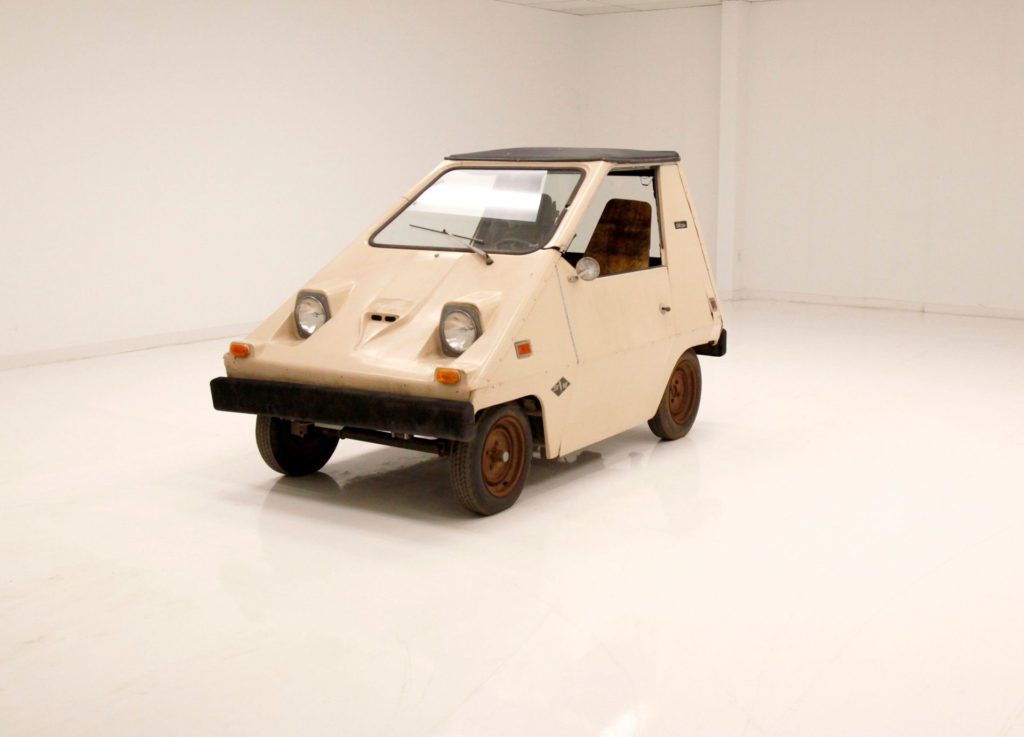
Electric vehicles when gas stations were still full service.
Introduced in 1974, the Sebring Vanguard City Car dared to ask: What if cars looked like a doorstop, but ran on lightning? This compact ride, with its unique wedge-shaped design, aimed to revolutionize commuting. Its body? Lightweight fiberglass, because who needs steel when saving the planet, one 3.5 horsepower electric motor at a time. Picture cruising at a blistering 30 mph, covering about 40 miles per charge—enough to make it to the nearest charging station. Initially priced at about $3,000, over 2,300 units were sold before production ceased in 1977.
5. Sony Betamax SL7200

Superior video quality that lost the format war anyway.
Launched in 1975, the Betamax SL7200 was Sony’s top-tier home video recorder that should have killed, but didn’t. Priced at about $1,300 upon launch, it allowed users to record TV shows and playback videos at home. Though tens of thousands of units were sold, Betamax’s superior video resolution and higher color fidelity couldn’t save it from the less capable, but much cheaper, VHS format. Imagine being able to record Dallas in crystal-clear quality, while the neighbors’ recordings looked like a blurry Bigfoot sighting. Despite its technical advantages, Betamax became the parachute pants of home video.
4. Sony TR-610 Pocket Radio
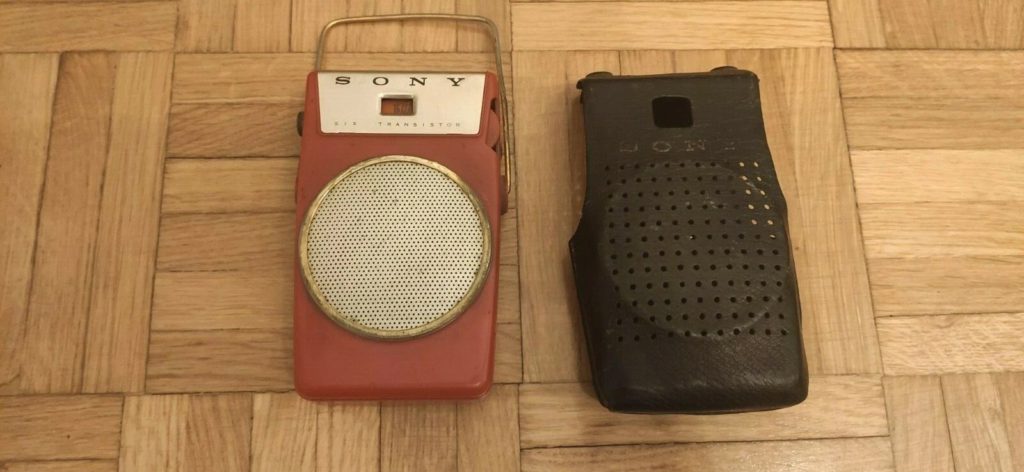
Portable tunes before the Walkman made everything personal.
Before the Walkman shrunk our worlds, Sony dropped the TR-610, a pocket radio that retailed for a modest $54.95 back in 1970. Suddenly, tunes weren’t tethered to the living room—you could blast music on the bus, at the beach, or while awkwardly hitting on someone at the roller rink. Equipped with an AM/FM band and a telescopic antenna that made you feel like you were signaling aliens, the TR-610 shifted how people got their info and entertainment. Imagine tuning into the news between classes or catching the game while ditching shifts at the burger joint.
3. Sony Walkman

Personal soundtracks that made everyone the main character.
In 1979, you could either lug around a boombox like you were auditioning for a Run-DMC video or stay tethered to console stereos. Then the Sony Walkman dropped, and suddenly, it was BYOM (Bring Own Music) everywhere. Priced around $150, it wasn’t just a gadget; it was a hall pass to personal concerts, as disruptive to music consumption as Napster would be decades later. The Walkman wasn’t just about portable tunes; it was a cultural statement—proof you could be the main character in life, soundtrack and all. Selling over 200 million units worldwide, the lightweight and compact design ushered in a new era of hyper-personalization.
2. Texas Instruments Speak and Spell
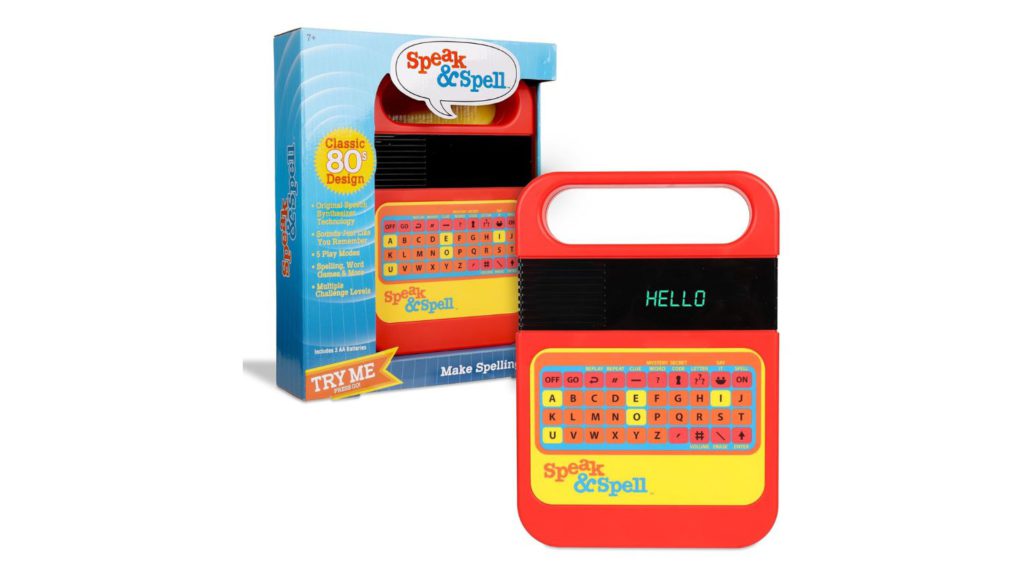
Robot tutors before Siri learned to spell.
Launched in 1978, the Texas Instruments Speak and Spell wasn’t just a toy; it was like having a pocket-sized professor with a robot voice. As one of the first consumer gadgets wielding speech synthesis tech—turning text into spoken words—it sounded less like Morgan Freeman and more like a dial-up modem trying to sing. Priced at around $50, it wasn’t cheap, but parents saw it as an investment. Think of it as the OG language-learning app, minus the push notifications. Kids could punch in words, and the Speak and Spell would robotically “say” them back, selling over a million units in its first year alone.
1. Digital wristwatch

Future timekeeping that cost more than most cars.
The digital wristwatch was a tech flex that screamed, “I’ve got the future on my wrist,” even if the future was stuck in 1972. The Hamilton Watch Company dropped the Pulsar P1, a status symbol that would set you back up to $2,100—roughly $13,000 in today’s cash. Imagine flashing that at a disco, a conversation piece far better than any pickup line. The LCD tech meant continuous time display without analog nonsense. Seiko and Casio democratized it later, making digital timepieces accessible to everyone. Flash forward, and most people tell time on phones—or ask Siri. It’s not as flashy, but at least you can check stocks while you’re at it.
Last modified: November 25, 2025

